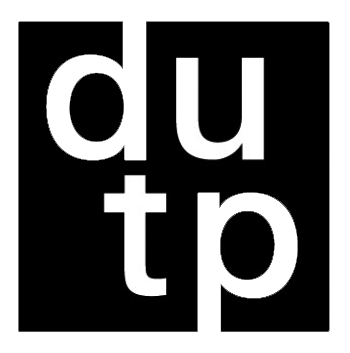Towards a methodology for the historic urban landscape study
Landscape analysis of Tilcara in relation to the tourism and cultural landscape paradigm
DOI:
https://doi.org/10.5821/siiu.12836Abstract
The inclusion of Quebrada de Humahuaca on the World Heritage List it is an opportunity to reflect on heritage condition of the villages found in the protected area declared, in terms of a conceptual framework and the urban planning and management. The recognition of Quebrada de Humahuaca as World Heritage led to international spread, cause a strong development of tourism also concerns about the impacts on urban landscape. This study aims to explore the interrelationship between cultural heritage and tourism by traces in the urban landscape, on the assumption the understanding of the dynamics between protection and building renovation is essential for urban planning and management of historic cities. The cultural landscape paradigm requires to adapt the methodology of study of urban landscape to the Landscape Character Assessment, to go beyond a current methodology of study the architectural heritage.
Downloads
Published
Issue
Section
License
Copyright (c) 2024 Creative Commons

This work is licensed under a Creative Commons Attribution-NonCommercial-ShareAlike 4.0 International License.
Aquellos autores/as que tengan publicaciones con esta revista, aceptan los términos siguientes:
- Los autores/as conservarán sus derechos de autor y garantizarán a la revista el derecho de primera publicación de su obra, el cuál estará simultáneamente sujeto a la Licencia de reconocimiento de Creative Commons CC BY-NC-ND- 4.0 que permite a terceros compartir la obra siempre que se indique su autor y su primera publicación esta revista, pero no se pueden cambiar ni se pueden utilizar comercialmente.
- Los autores/as podrán adoptar otros acuerdos de licencia no exclusiva de distribución de la versión de la obra publicada (p. ej.: depositarla en un archivo telemático institucional o publicarla en un volumen monográfico) siempre que se indique la publicación inicial en esta revista.
- Se permite y recomienda a los autores/as difundir su obra a través de Internet (p. ej.: en archivos telemáticos institucionales o en su página web) antes y durante el proceso de envío, lo cual puede producir intercambios interesantes y aumentar las citas de la obra publicada. (Véase El efecto del acceso abierto).











